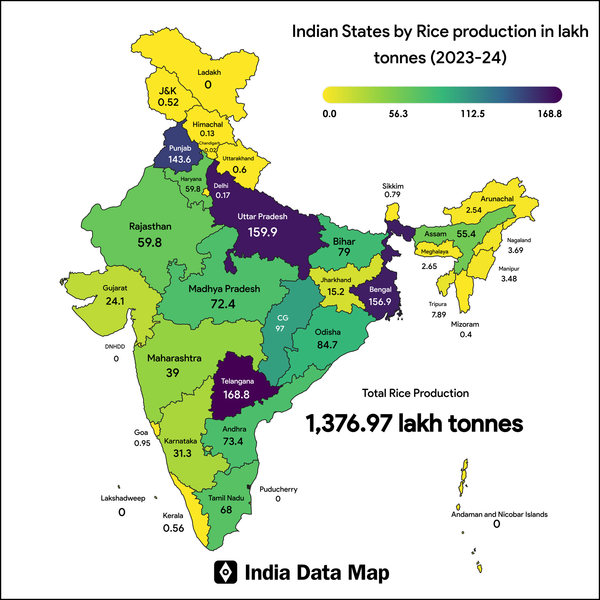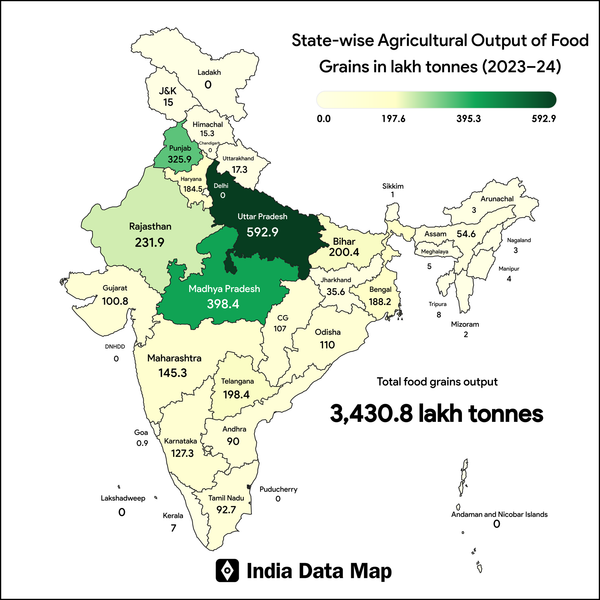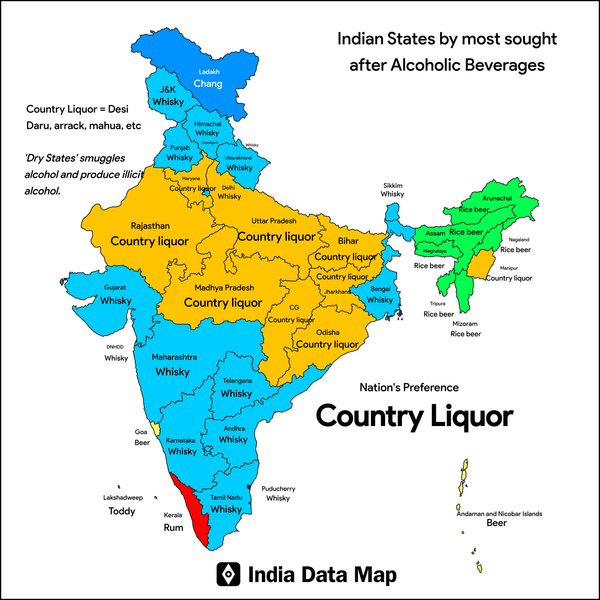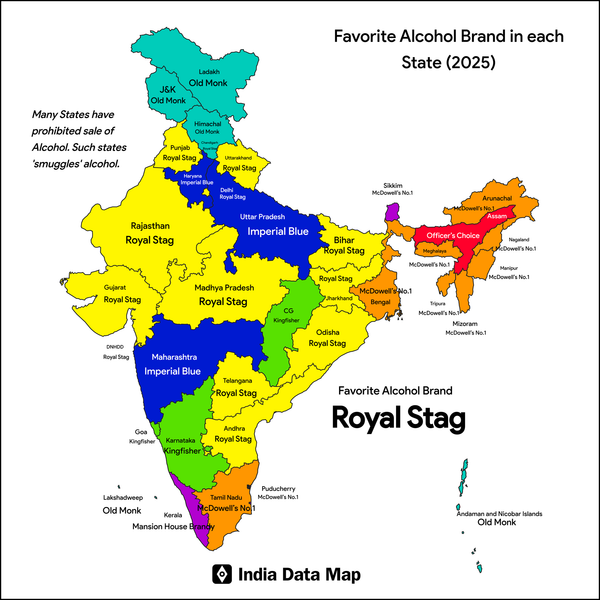Map: Indian States by Unemployment Rates (FY 2023-24)
State-wise unemployment rates in India ranked. Explore key differences, insights, and challenges shaping India’s labor market.
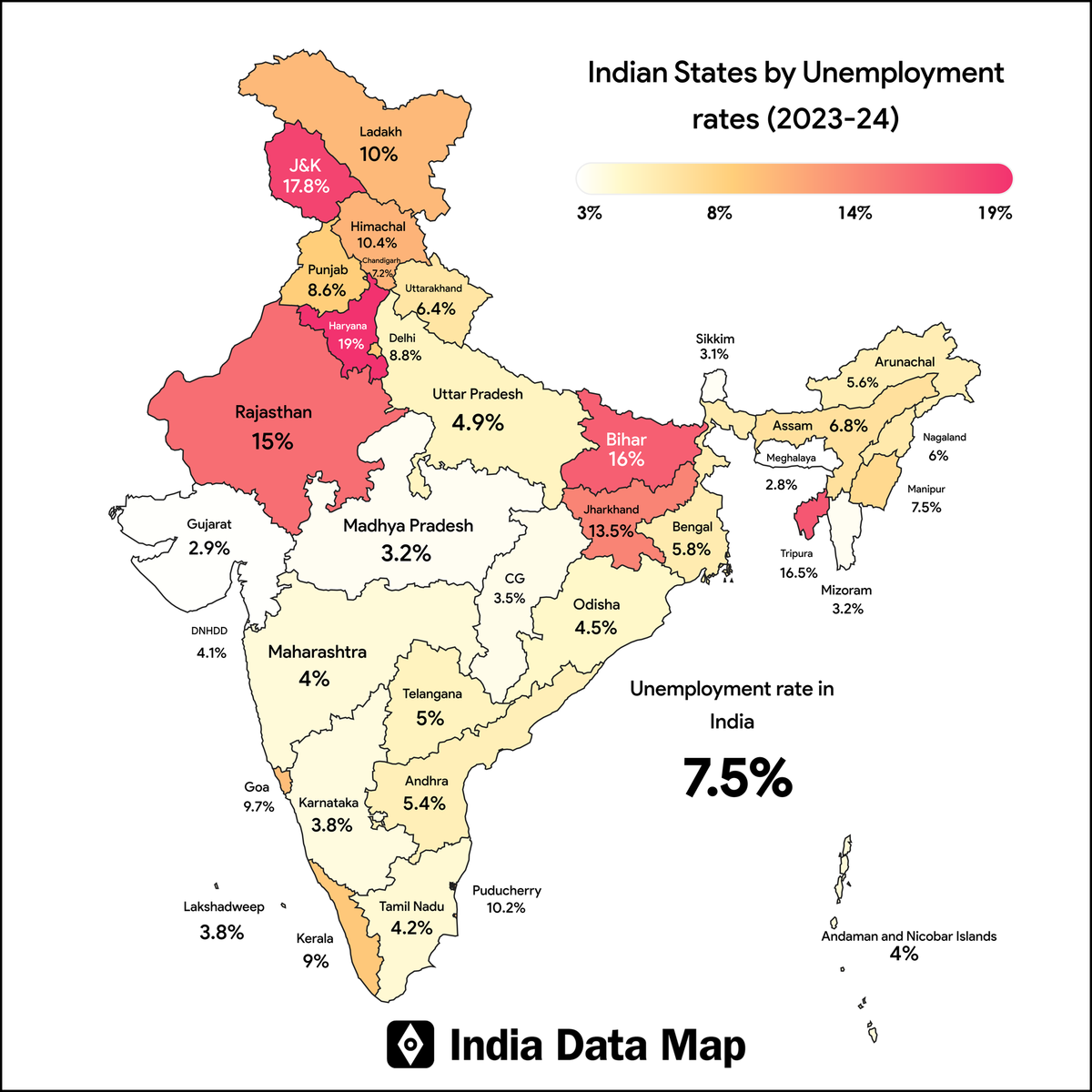
India's labor market exhibits remarkable diversity, with unemployment rates fluctuating significantly across various states and Union Territories. Utilizing the most recent PLFS data, the following is a state-wise ranking that reveals some notable insights.
| Rank | State / Union Territory | Unemployment Rate (%) |
|---|---|---|
| 1 | Haryana | 19.0 |
| 2 | Jammu & Kashmir (UT) | 17.8 |
| 3 | Tripura | 16.5 |
| 4 | Bihar | 16.0 |
| 5 | Rajasthan | 15.0 |
| 6 | Jharkhand | 13.5 |
| 7 | Puducherry (UT) | 10.2 |
| 8 | Ladakh (UT) | 10.0 |
| 9 | Goa | 9.7 |
| 10 | Himachal Pradesh | 10.4 |
| 11 | Kerala | 9.0 |
| 12 | Delhi (UT) | 8.8 |
| 13 | Punjab | 8.6 |
| 14 | Chandigarh (UT) | 7.2 |
| 15 | Manipur | 7.5 |
| 16 | Assam | 6.8 |
| 17 | Uttarakhand | 6.4 |
| 18 | West Bengal | 5.8 |
| 19 | Arunachal Pradesh | 5.6 |
| 20 | Andhra Pradesh | 5.4 |
| 21 | Telangana | 5.0 |
| 22 | Uttar Pradesh | 4.9 |
| 23 | Odisha | 4.5 |
| 24 | Tamil Nadu | 4.2 |
| 25 | Dadra and Nagar Haveli & Daman and Diu (UT) | 4.1 |
| 26 | Andaman and Nicobar Islands (UT) | 4.0 |
| 27 | Maharashtra | 4.0 |
| 28 | Lakshadweep (UT) | 3.8 |
| 29 | Karnataka | 3.8 |
| 30 | Chhattisgarh | 3.5 |
| 31 | Mizoram | 3.2 |
| 32 | Madhya Pradesh | 3.2 |
| 33 | Sikkim | 3.1 |
| 34 | Gujarat | 2.9 |
| 35 | Meghalaya | 2.8 |
| 36 | Nagaland | 6.0 |
Key facts summarized:
Haryana leads the ranking with approximately 19% unemployment, underscoring ongoing structural and rural employment issues.
Jammu & Kashmir (17.8%), Tripura (16.5%), Bihar (16.0%), and Rajasthan (15.0%) complete the top five, indicating a distinct concentration of elevated unemployment in certain northern and northeastern regions.
Conversely, states such as Gujarat (2.9%), Meghalaya (2.8%), and Madhya Pradesh (3.2%) report the lowest unemployment rates.
The situation in Union Territories is varied: Delhi records 8.8%, indicative of urban job competition, while Puducherry (10.2%) and Ladakh (10.0%) rank among the highest.
The unweighted average across these 36 regions stands at approximately 7.5%, whereas India's official (population-weighted) national average is significantly lower at around 3.2%.
Noteworthy observations:
A distinct north-south divide is evident: southern states like Tamil Nadu (4.2%), Karnataka (3.8%), and Telangana (5.0%) consistently remain below the national unweighted average.
Some states that are traditionally industrialized or urbanized exhibit unexpectedly high unemployment rates, indicating that economic growth has not sufficiently translated into job creation for all.
Elevated unemployment levels frequently correlate with out-migration: states like Bihar, Uttar Pradesh, and Rajasthan contribute millions of workers to other regions.
States with low unemployment rates often possess a substantial informal or agricultural workforce, which conceals issues of underemployment.
Summary
In summary, these statistics illustrate a multifaceted scenario. Unemployment in India is not a singular issue but rather a mosaic of regional challenges. For policymakers, investors, and businesses, comprehending this landscape is crucial for effectively targeting solutions and identifying opportunities.

